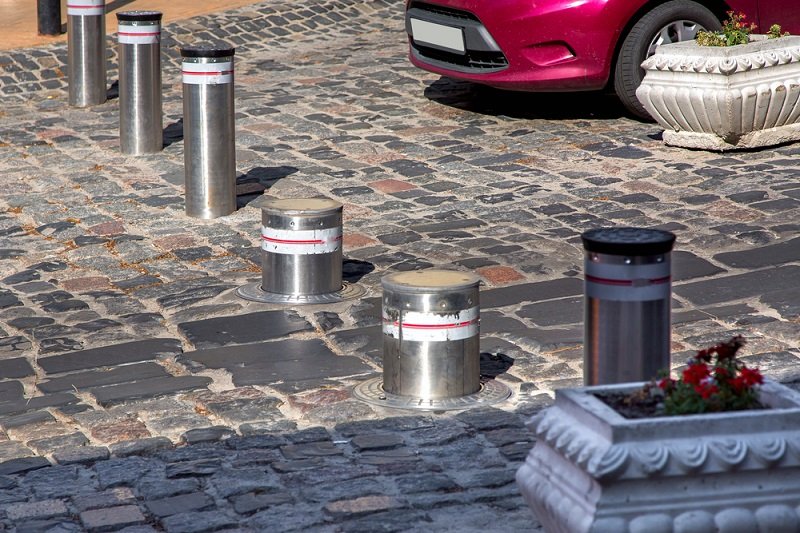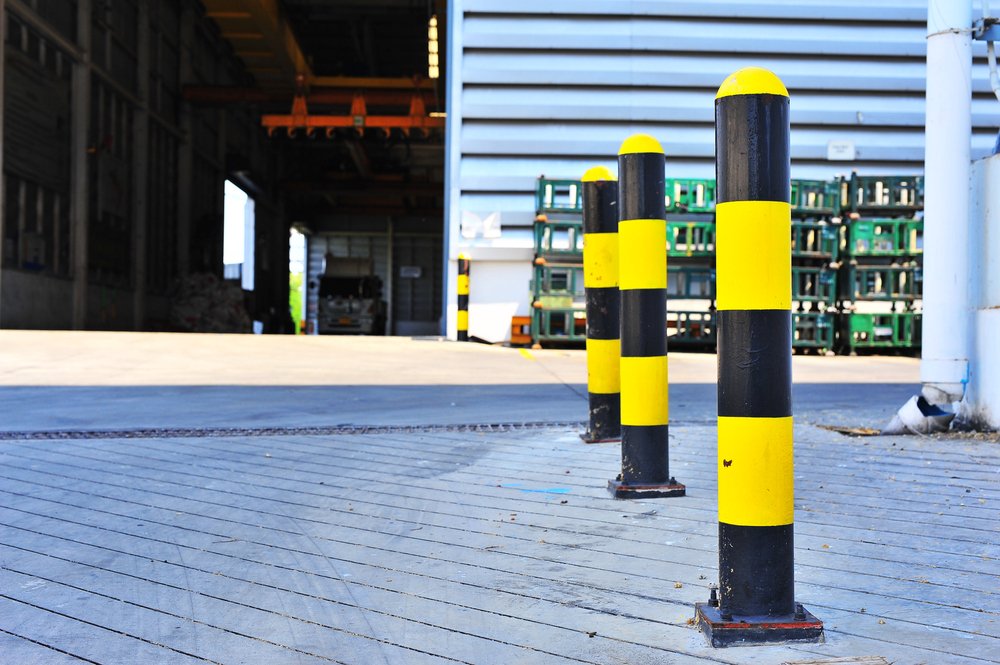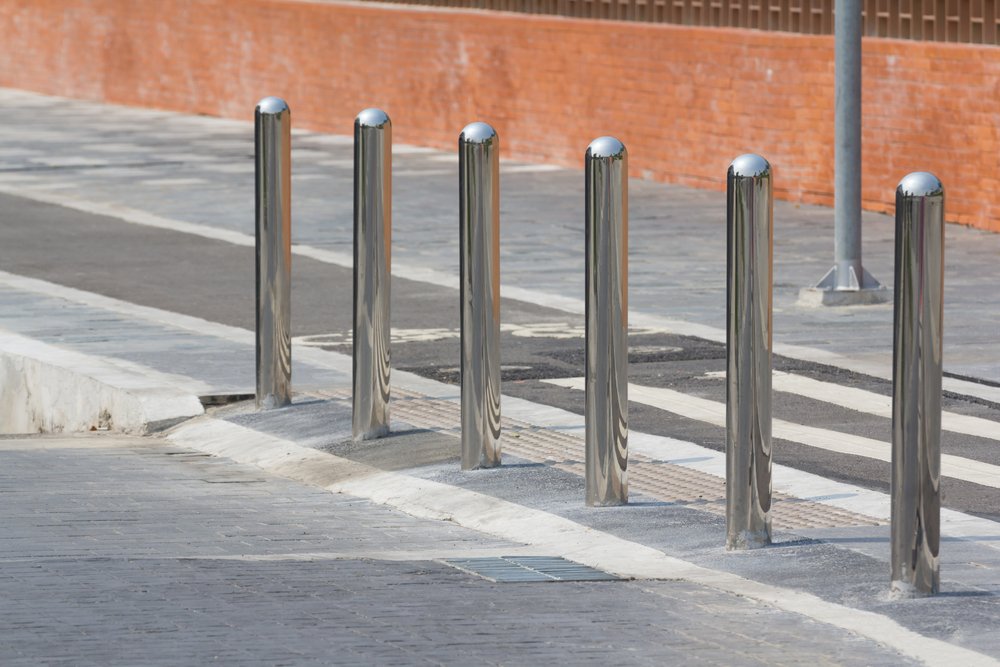A defensive or architectural barrier is what a bollard is, it can also be described as a tiny post. They direct traffic and delineate borders when used solely as a visual aid. They can be installed in a broad range of forms and styles as architectural components to emphasize or aesthetically pop out.
In order to physically prevent vehicle intrusion and safeguard persons and property, they can be installed. These safety posts may have ornamental features or be chosen to blend in with the surroundings, but resistance to collision forces is their first priority. Depending on their intended use, they can be built of nearly any material, although the most popular choices are steel, stone, concrete, or plastic.
Cannon bollards from the 17th and 18th centuries served as inspiration for several architectural bollard designs.
It improves or reflects the surroundings they are in. The installations of the seventeenth and eighteenth centuries, when it was normal practice to re-purpose decommissioned cannon drums by half-burying them, had an impact on many traditional forms.
These cannon bollards are useful for anchoring on wharves, and they were modified for use inland to control traffic and safeguard masonry. A large cannonball was frequently employed to cover the weapon against moisture and debris when it was placed with the muzzle pointing up, giving it a unique rounded top. These ancient cannons’ various forms continue to have an impact on fashion today.

Benefits and Applications for bollards
Bollards are becoming a common sight in contemporary architecture. They are used by planners and architects to control both automobile and pedestrian traffic, improve the landscape and architecture, illuminate pedestrian walkways, secure and safeguard individuals and buildings, and offer bike parking. For asset security, facilities managers are moving them inside into factories, big-box stores, and warehouses.
-
Traffic and landscaping visual aids
Defined pedestrian spaces are created by ornamental bollards in various landscapes and buildings. They serve to define the perimeter of a structure and provide visual interest. Additionally, perimeters can be built together around a playground or park, giving simple access but discouraging traffic. It can help people stay on designated pathways by being chained together so that they do not form a continuous barrier that forbids any crossing.
Pedestrian walkways are illuminated by lighted versions. Since each solar-powered lighting bollard operates independently and requires very little maintenance, they are increasingly being employed as lighting alternatives. The variety of choices is highlighted in our collection of landscape bollards.

Bollards
-
Street bollards or a traffic lane
In order to direct traffic toward the right direction while maintaining good sight lines and permitting pedestrian access, traffic bollards are utilized. They direct traffic by drawing lines on the road, or they bar passage to places that are off-limits, such as bike lanes, public spaces, and traffic islands. They can be applied to prevent cars from leaving the road on roads without curbs.
To stop cars from attempting to evade other traffic control components, they are occasionally used in conjunction with other traffic slowing techniques, such as speed bumps or one-way streets. These types of architectural bollards are most frequently employed in public areas.
Conclusion:
Mostly in Oxford English Dictionary, the word “bollard” first appears in 1844 to describe a post used to secure a mooring line for a ship.
Although the origin of the word is uncertain, it probably comes from the term “bole,” which means a tree trunk. The meaning of the concept has been expanded throughout time to include signs that direct traffic for vehicles and pedestrians. Bollards have been in existence for thousands of years, despite the fact that the name is just 200 years old. Roman times have some of the earliest specimens still in existence.
